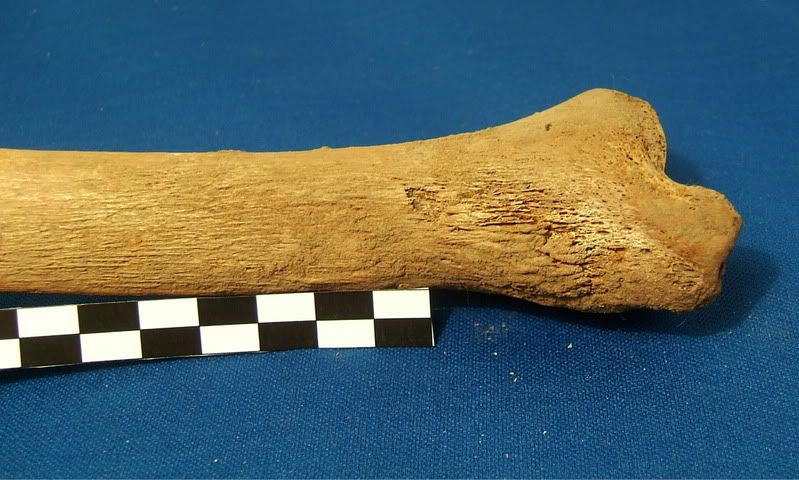Good morning and I hope people are going to have a pleasant weekend.
It gives me great pleasure to post about a new article and book on the evolution of compassion which has been co-written by one of my close friends. The Prehistory of Compassion, by Penny Spikins, Holly Rutherford and Andy Needham is a book concerning empathy and the role it plays in our evolution.
The proposal focuses on the concept that altruism and compassion derive from a successful evolutionary tactic according to Dawkins’ “Selfish Gene” concept. Spikins, Rutherford and Needham use this idea to evaluate whether or not compassion is a successful tactic and one that may have assisted us in our evolutionary success.
Penny Spikins, a Professor of Archaeology at the University of York and first author, has been interested in the evolutionary role of emotions for a few years. The ideas present in her book and the evidence she provides with her co-authors are matters that she’s discussed in seminars. This article shows the culmination of these debates and touches on a lot of evidence that was used in the seminars. As a result, the book shows a wide-range of ideas in how compassion evolved, the use of it in evolutionary terms as well as possible limitations.
As a former student of Penny’s and a former devil’s advocate to Andy’s ideas, I find it hard to find many criticisms in their paper. The concept is valid and has plenty of evidence in the form of burials, primatology and palaeopathology. However, is it the major factor in all of these cases? Are there other emotions that have played just as important parts in our evolution that haven’t been considered? Has the evidence been misinterpreted in some cases? These are possibly some of the questions that the researchers might give answers on soon.
In conclusion though, the main aspect to remember is this. We are social animals. Empathy and compassion are needed in these situations as strategies to cope with group living. The examples given from primates demonstrate that these social animals display similar qualities. As a result, Spikins, Rutherford and Needham argue strongly for emotions, especially empathy and compassion to be given consideration when establishing the factors for human evolution.
Relevant Links
Burial Outrage
In other news, the Ministry of Justice have imposed restrictions on human remains from archaeological excavations. The Ministry has decided to impose the 1857 Burial Act upon archaeologists which has caused outrage as it requires the remains to be reburied within 2 years.
Now I am confused on why they have done this. I can understand some people’s reluctance for human remains to be kept in the hands of archaeologists and this is why most burials that are attributed to particular religions are given to those religious authorities, therefore Christian remains are overseen by the Church and Jewish remains by the Jewish authorities, etc, etc. This I feel is a fair system, allowing a bond of respect to exist between the archaeologist and the religious.
Furthermore, two years is not particularly a long time to study remains. For my dissertation I looked at 17 skeletons from a collection of 63 which had been excavated in 2002. I started looking at these in 2007, five years after! In addition, the analysis done by the archaeologist on site was considered shoddy by many of the experts I consulted, misidentifying pathologies and in some cases not noticing them.
Another question that must be asked is what happens to those remains that have been in teaching collections? Does this mean the University of Bradford has to rebury its extensive collection of archaeological remains and therefore lose its reputation as the University to study Osteology? Photographs are only so helpful when analysing remains and often archaeologists encounter diseases, such as Leprosy, TB and syphilis which had greater effect on us before antibiotics. This could be a severe blow to the archaeological as well as the medical community.
With all these flaws in the argument as well as the aspects outlined in the Guardian I feel that this is going to cause a lot of outrage in the archaeological world and I do wonder how many collections will mysteriously become less than two years old.
Other News




